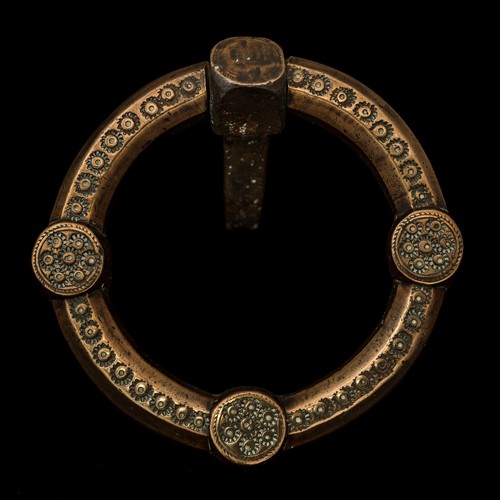Skogar Museum is open 362 days of the year
June - August: 09:00 - 18:00
September - May: 10:00 – 17:00

According to “Landnámabók“ (The Book of the Settlements of Iceland 13th Century) Loðmundur settled down where his high-seats post came up on the beach. He claimed the land from Hafursá to the glacial river Jökulsá. He called his settlement Sólheimar so the name of the river is Jökulsá in Sólheimasandur. He was a very powerfull sorcerer. The river has also been called “Fúlilækur“ which means the bad smelling river as somtimes it brings with it the smell from the hot-springs.
As Loðmundur was an old man Þrasi Þórólfsson was living in the eastern part of Skógar but he was also a powerfull sorcerer. He claimed the land from Kaldaklof river to Jökulsá.
Once Þrasi noticed a big flood in the river but with his skills as a sorcerer he moved the flood east of Sólheimar. Loðmundur told his slave to plug his stick in the water. He then held both hands around the stick and bit the ring on the stick so the flood was flowing again west of Skógar. These two kept on moving the flood to east and west until they found a canyon nearest to the coast where they settled on to have the path of the river. This river was called Jökulsá and divides two quarters of Iceland.
This story in Landnámabók is based on a volcanic eruption in the south-west part of the Mýrdalsjökull Caldera shortly eftir the first settlement of the people in Iceland.
In “Íslenzkar þjóðsögur og ævintýri“ (1862-64) (The legendes and fairytales of Jón Árnason (1819-1888)) Jón adds some things to the story about Þrasi in Skógar. It has been told that Þrasi buried a chest full of gold and tresures under the waterfall Skógafoss and in the old times a part of it was visible.
There is an old rhyme wich goes something like this:
"The chest of Þrasi is filled with treasures
located beneath Skógafoss waterfall,
the first man who goes there
will find great richness."
Jón also tells that around 1600 three men tried to get the chest but then it looked like that their farmhouse was on fire so they hurried home where there was no fire. Later they went back and tried to reach for the chest. They mangaged to place a hook on a ring from the chest but as they tried to drag the chest to them it broke of. It ist told that this ring in now on the door of the chuch in Skógar.
The story about Þrasi´s chest is still vivid in many folklores, amongs other it tells that around 1600 a young man managed to get behind the waterfall and as he came to the chest he tried to lift it but then everything except one ring was thrown into the waterfall. Later it was a part of the door in the church of Skógar until it was discontinued in 1890. Then it was a part of the church in Eyvindarhóla until a new church was build there in 1961. Ater that it has been very popular showpiece in the Museum and it can also be found in the logo of the Museum.
Skogar Museum is open 362 days of the year
June - August: 09:00 - 18:00
September - May: 10:00 – 17:00
Telephone +354 487 8845
Guided tours
Guided tours are available upon reservation in English, German and Icelandic. Sometimes there is the opportunity to have guided tours in French, Spanish, Norwegian and Danish.
Tour times are from opening time up to 1 hour before closing time.
For group reservations and guided tours please email booking@skogasafn.is or call +354 487 8845.